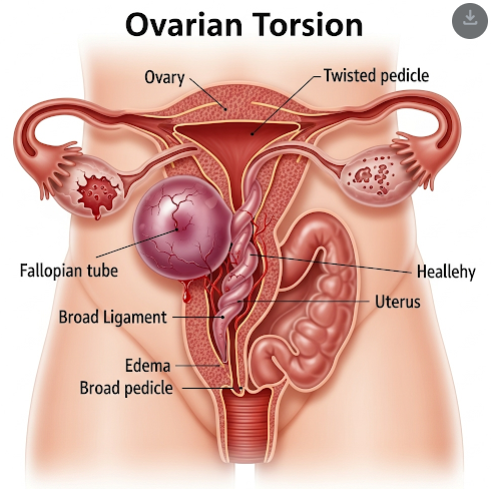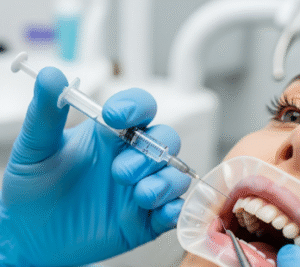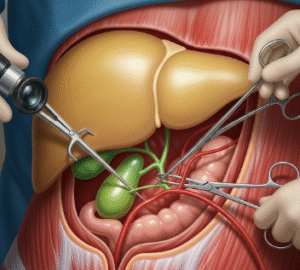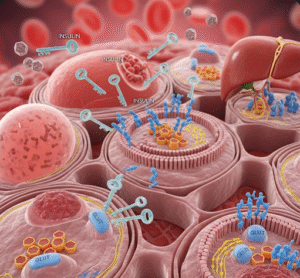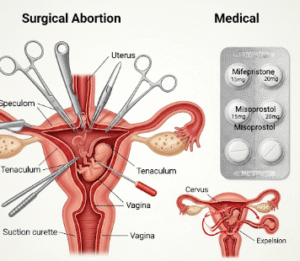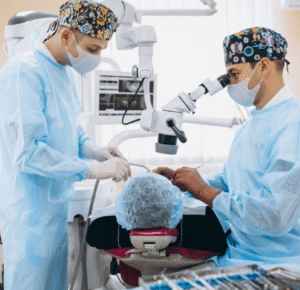Overview
Ovarian torsion is a gynecological emergency that occurs when an ovary twists around the ligaments supporting it, cutting off its blood supply. This condition can cause severe abdominal pain and may lead to ovarian damage or loss if not treated promptly. In Korea, rapid diagnosis and advanced surgical care are available to manage ovarian torsion effectively and preserve ovarian function whenever possible.
What is Ovarian Torsion?
Ovarian torsion refers to the twisting of the ovary, and sometimes the fallopian tube, around the vascular pedicle that supplies blood to the ovary. This twisting impairs blood flow, causing ischemia and potential necrosis of ovarian tissue. It most commonly occurs in women of reproductive age but can affect females at any age.
Symptoms
Common symptoms of ovarian torsion include:
- Sudden, severe lower abdominal or pelvic pain
- Nausea and vomiting
- Abdominal tenderness
- Fever in some cases
- Palpable pelvic mass if an ovarian cyst is present
Causes
Ovarian torsion is often caused by factors that increase the ovary’s mobility or weight, including:
- Ovarian cysts or tumors
- Enlarged ovaries due to fertility treatments
- Congenital anatomical abnormalities
- Previous pelvic surgery or adhesions
Risk Factors
Risk factors for ovarian torsion include:
- Presence of ovarian cysts or masses, especially larger than 5 cm
- Pregnancy or fertility treatments that enlarge the ovaries
- History of ovarian torsion
- Age between 20 and 40 years
Complications
If untreated, ovarian torsion can result in:
- Loss of ovarian blood supply leading to necrosis
- Ovarian infarction and permanent loss of function
- Peritonitis from necrotic tissue
- Infertility or hormonal imbalances due to ovarian loss
Prevention
While ovarian torsion cannot always be prevented, risk can be reduced by:
- Monitoring and managing ovarian cysts or masses
- Careful evaluation during fertility treatments
- Prompt medical attention for sudden pelvic pain
Treatment Options in Korea
In Korea, ovarian torsion is treated as a surgical emergency:
- Laparoscopy or laparotomy: Surgical detorsion (untwisting) of the ovary to restore blood flow
- Ovarian cystectomy: Removal of cysts causing torsion while preserving ovarian tissue
- Oophorectomy: Removal of the ovary if it is nonviable due to necrosis
- Postoperative care and fertility counseling: To optimize reproductive health after treatment
Korean gynecological surgeons employ minimally invasive techniques and advanced imaging for early diagnosis and effective management, prioritizing ovarian preservation whenever feasible.

